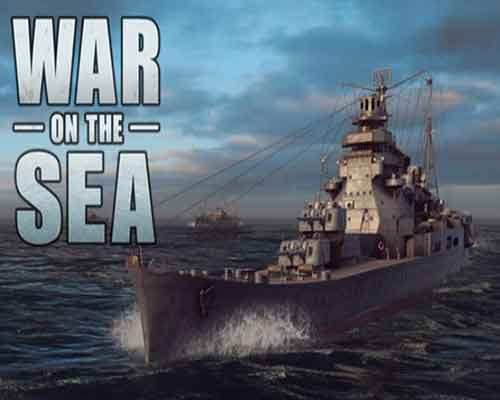

Wassily Kandinsky was born on December 16th, 1866 in Moscow, Russia to a loving family of a mother and a businessman father. going ahead in the profound air.” Kandinsky, who intensely trusted that humankind remained on the very edge of another otherworldly period, admitted that craftsmanship could disjoin human connection to the material world and introduce the new age. Despite the fact that this work was painted on the eve of the First World War, Kandinsky denied that his artworks alluded to a particular war yet rather to “an unpleasant battle. Kandinsky’s subject, found in some of the Improvisations, was most likely motivated by the prophetically calamitous symbolism of the Book of Revelations.

Guns impact as the boats are hurled upon violent waves, and, at the upper left, a city of white towers shows up very nearly toppling.

You do not have to continue a Battle to the very end.The focal theme of Improvisation 31 (Sea Battle) is a couple of cruising ships secured battle, their tall poles showing up as thin dark lines. Players take turns playing Battle cards one at a time, until all cards have been played, or one player decides to withdraw. You will not draw additional cards during the Battle, so you must formulate your strategy based on only these cards. At the start of each battle, you will be dealt a hand of six cards. Face-down cards are wild and can be played to any theater, but only have a strength of 2 and do not grant Tactical Abilities. Playing a card face-up triggers its Tactical Ability, but the card must be played in its corresponding theater. All cards can either be played face-up or face-down.

The order you play your Battle cards is critical, and so is how you play them. In Air, Land, & Sea, two players participate in a series of Battles, with the objective to control two of the three Theaters of war after both players have played all of their Battle cards, or convince your opponent to withdraw! As Supreme Commander of your country's military forces, you must carefully deploy your forces across three possible theaters of war: Air, Land, and Sea.


 0 kommentar(er)
0 kommentar(er)
